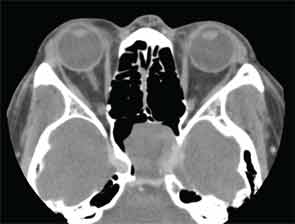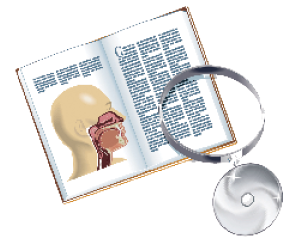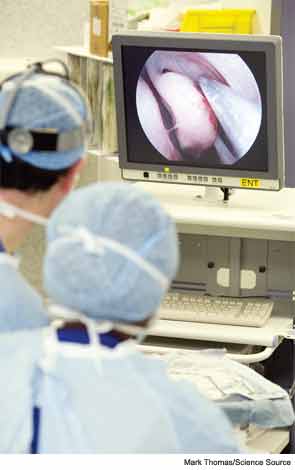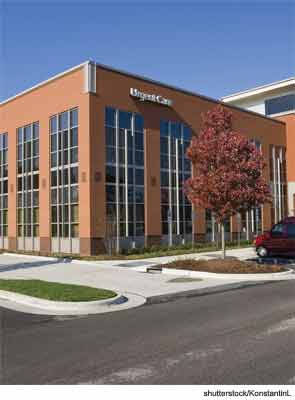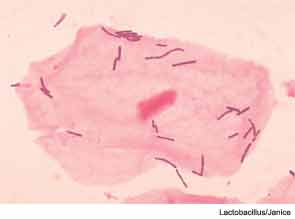A 53-year-old man with a one-month history of bilateral tinnitus. An MRI detected a sphenoid tumor incidentally, and a contrast-enhanced computed tomography scan revealed a partially enhanced tumor in the left sphenoidal sinus that destroyed part of the skull base.
